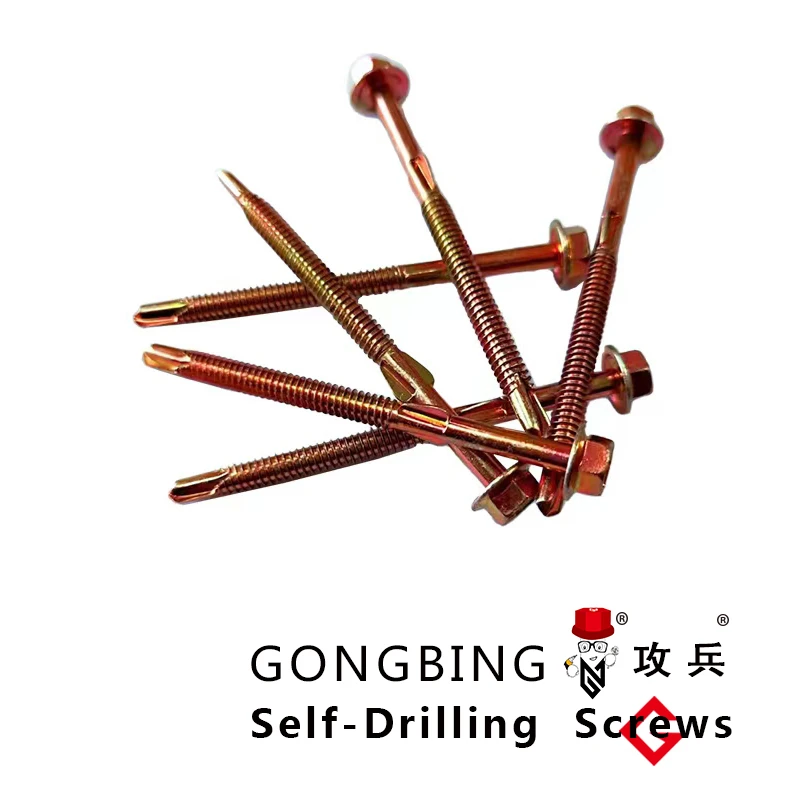structural bolts and nuts
Understanding Structural Bolts and Nuts Essential Components in Construction
In the world of construction and engineering, structural bolts and nuts play a vital role in holding together the frameworks of buildings, bridges, and other structures. These essential components ensure that structures maintain their integrity and safety over time. In this article, we will explore what structural bolts and nuts are, their various types, applications, and the importance of their proper selection and installation.
What are Structural Bolts and Nuts?
Structural bolts are heavy-duty fasteners specifically designed to bear significant loads while anchoring structural components together. Typically made from strong materials like carbon steel or alloy steel, structural bolts are manufactured according to stringent standards, such as ASTM (American Society for Testing and Materials) requirements. These bolts often come in various grades and sizes, ensuring they can meet the demands of different construction projects.
Nuts, on the other hand, are hexagonal pieces of metal that pair with bolts to secure them in place. In structural applications, the most common type of nuts used is the heavy hex nut. Like bolts, nuts are available in different grades to match the corresponding bolt's strength.
Types of Structural Bolts
There are several types of structural bolts, each with unique features suited for specific applications
1. A325 Bolts These are high-strength bolts used primarily in steel construction. The A325 specification includes requirements for structural assemblies and emphasizes the importance of adequate strength and ductility.
2. A490 Bolts Similar to A325 bolts but with higher tensile strength, A490 bolts are commonly used in more demanding applications, including bridges and high-rise buildings.
4. Stainless Steel Bolts These are used in environments susceptible to corrosion, such as coastal areas or chemical plants, due to their resistance against rust and degradation.
5. Anchor Bolts These bolts are designed for structural applications, allowing for the attachment of structures to concrete foundations. They can be embedded into concrete and provide essential stability and support.
structural bolts and nuts

Applications of Structural Bolts and Nuts
Structural bolts and nuts are commonly used in various industries and applications, including
- Buildings They are crucial for connecting steel beams, columns, and trusses, providing the backbone of skyscrapers and other large structures.
- Bridges Bolts and nuts ensure that bridge components are tightly secured, contributing to the bridge's overall stability and load-bearing capacity.
- Industrial Structures Factories and warehouses utilize these fasteners to hold metal frameworks together, enabling safe loading and storage of goods.
- Oil and Gas In oil rigs and refineries, structural bolts are essential for securing equipment and ensuring safety in harsh environments.
Importance of Proper Selection and Installation
Choosing the right type of structural bolt and nut is critical for the success of any construction or engineering project. Factors such as the load requirements, environmental conditions, and the materials being joined will dictate the appropriate grade and type of bolt and nut used.
Moreover, proper installation is equally important. Structural bolts should be tightened to the correct torque specifications, ensuring a secure fit that prevents loosening over time. Methods such as tension control bolting or the use of hydraulic wrenches can be employed to achieve high levels of precision during installation.
Conclusion
Structural bolts and nuts are indispensable components in the realm of construction and engineering. Their ability to hold together significant structures signifies the importance of material strength and proper application. Understanding the various types of bolts and nuts, along with their specific uses, is essential for engineers and builders alike. As construction practices continue to advance, ongoing education about these fasteners will remain critical in ensuring the safety and durability of structures for years to come. Properly selected and installed structural bolts and nuts not only hold structures together but also uphold the integrity of our built environment, paving the way for innovation in design and construction.
-
Weatherproof Plastic Expansion Anchors for OutdoorIroyinJun.06,2025
-
Sustainability in the Supply Chain: Eco-Friendly TEK Screws ProductionIroyinJun.06,2025
-
Load-Bearing Capacity of External Insulation FixingsIroyinJun.06,2025
-
Double Head Bolts: Enhancing Efficiency in Industrial MachineryIroyinJun.06,2025
-
Corrosion Resistance in Chipboard Screws: Coatings for Wholesale DurabilityIroyinJun.06,2025
-
Butterfly Toggle Bolts : Enhancing Structural ResilienceIroyinJun.06,2025
